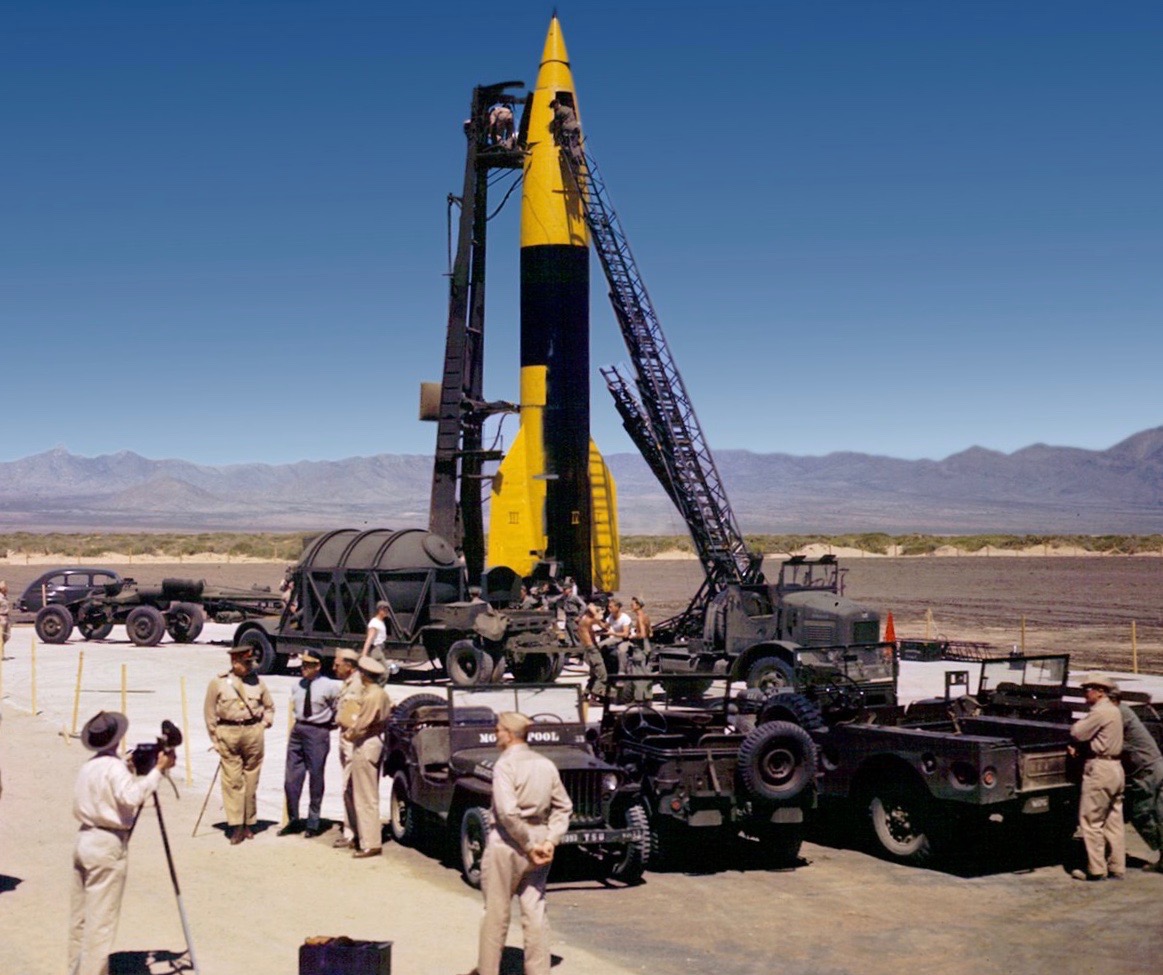
10 May 1946: The first successful launch of a captured V-2 ballistic missile in the United States took place at the White Sands Proving Ground in the Tularosa Basin of southern New Mexico. With a burn time of 59 seconds, the rocket reached an altitude of 70.9 miles (114.1 kilometers) and traveled 31 miles (49.9 kilometers) down range.
On 15 March 1946, a static test firing of a V-2 rocket had taken place at White Sands, and then on 16 April, a rocket was launched. One of the stabilizing fins failed, and then radio conttact was lost at 19.5 seconds. The rocket reached a peak altitude of only 3.4 miles (5.5 kilometers) before crashing a short distance from the launch site. (A 9-minute video of the preparations and launch can be seen at: https://www.dailymotion.com/video/x6apkns Notice the extremely casual attitude toward personnel safety displayed throughout the film.)
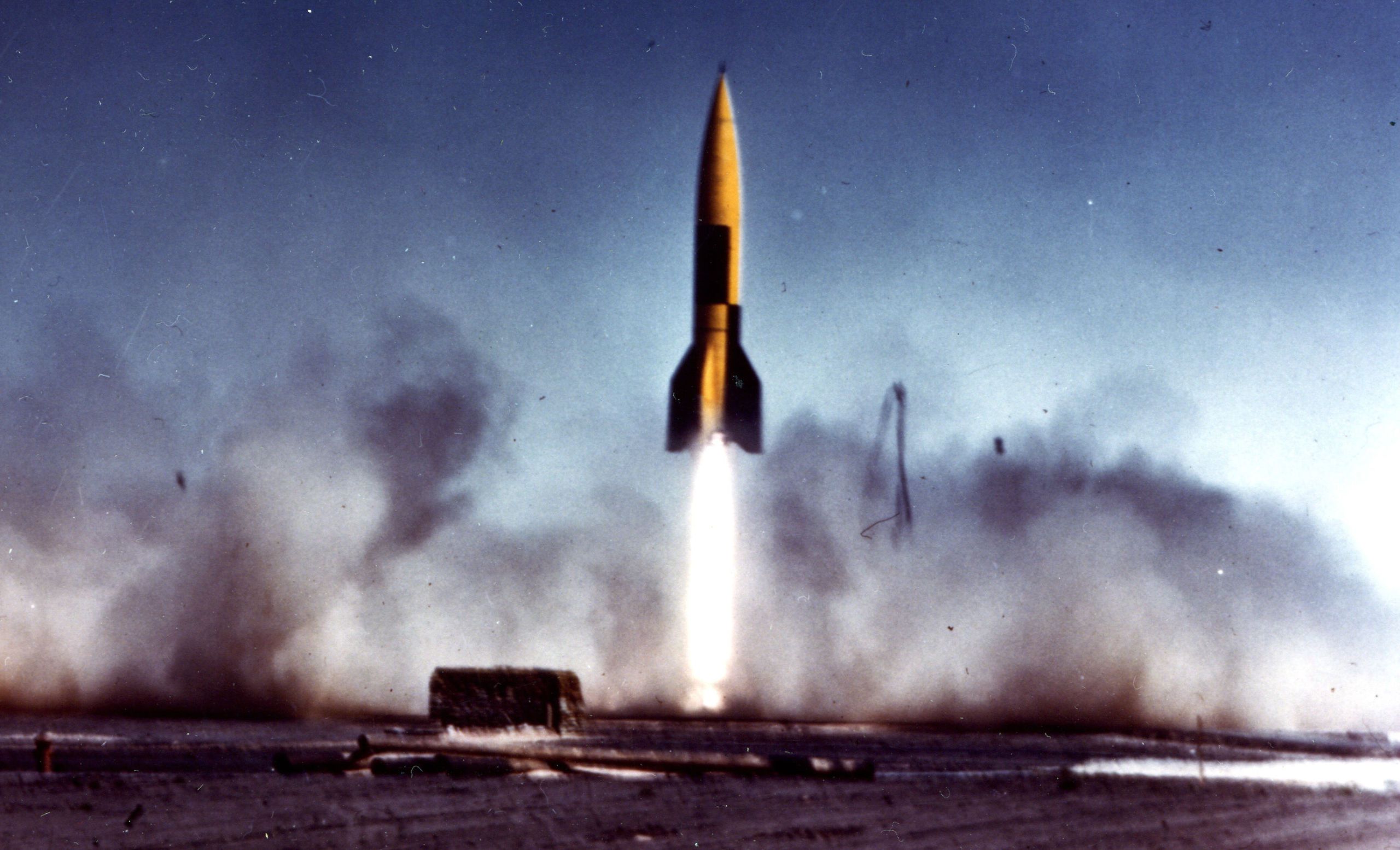
The V2, or Vergeltungswaffen 2 (also known as the A4, or Aggregat 4) was a ballistic missile with an empty weight of approximately 10,000 pounds (4,536 kilograms) and weighing 28,000 pounds (12,700 kilograms), fully loaded. It carried a 738 kilogram (1,627 pound) (sources vary) explosive warhead of amatol, a mixture of TNT and ammonium nitrate. The propellant was a 75/25 mixture of of ethanol and water with liquid oxygen as an oxidizer.
The complete rocket was 14.036 meters (46.050 feet) long, and had a maximum diameter of 1.651 meters (5.417 feet). The rocket was stabilized by four large fins, 4.035 meters (13.238 feet) long, with a maximum span of 3.564 meters (11.693 feet). The leading edge of these fins was swept 60°, and 3°. A small guide vane was at the outer tip of each fin, and other vanes were placed in the engine’s exhaust plume.
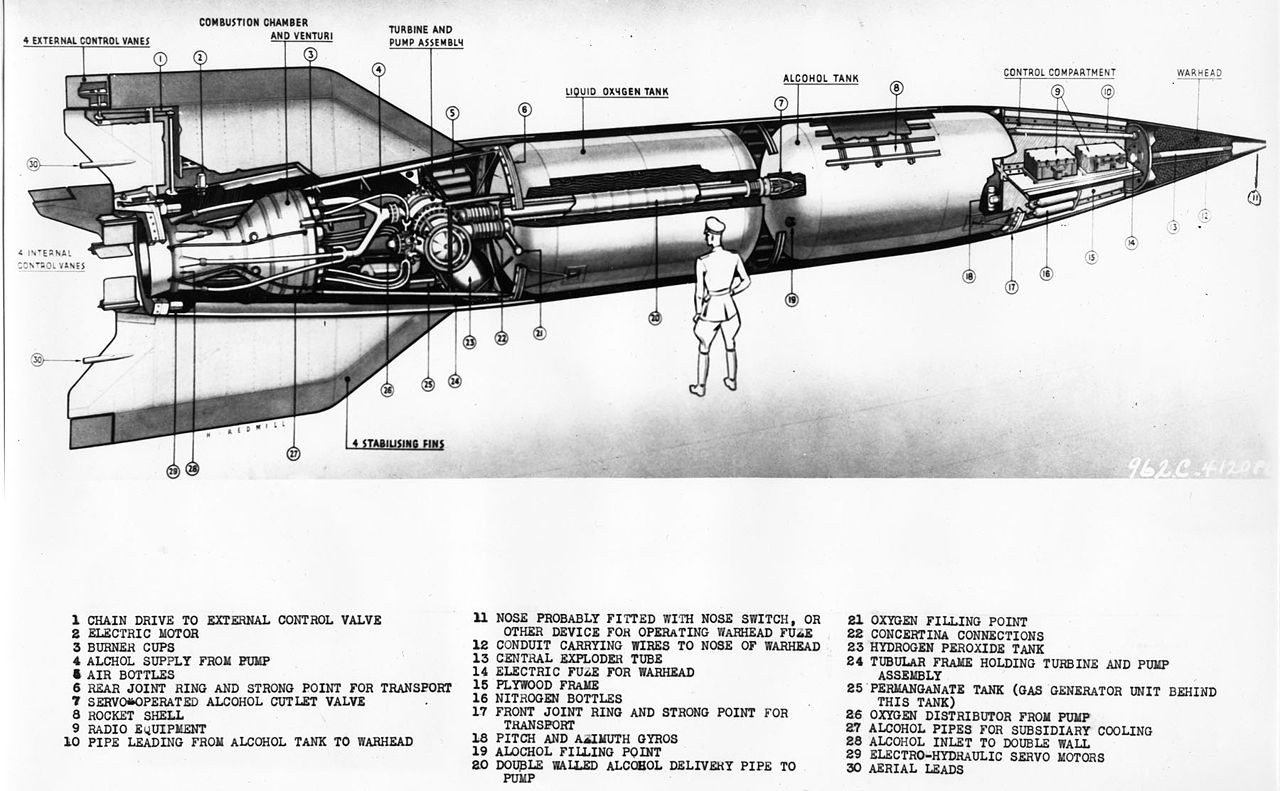
When launched, the rocket engine burned for 65 seconds, accelerating the rocket to 3,580 miles per hour (5,760 kilometers per hour) on a ballistic trajectory. The maximum range of the rocket was 200 miles (320 kilometers) with a peak altitude between 88 and 128 miles (142–206 kilometers), depending on the desired range. On impact, the rocket was falling at 1,790 miles per hour (2,880 kilometers per hour), about Mach 2.35, so its approach would have been completely silent in the target area.
The V-2 could only hit a general area and was not militarily effective. Germany used it against England, France, The Netherlands and Belgium as a terror weapon. More than 3,200 V-2 rockets were launched against these countries.
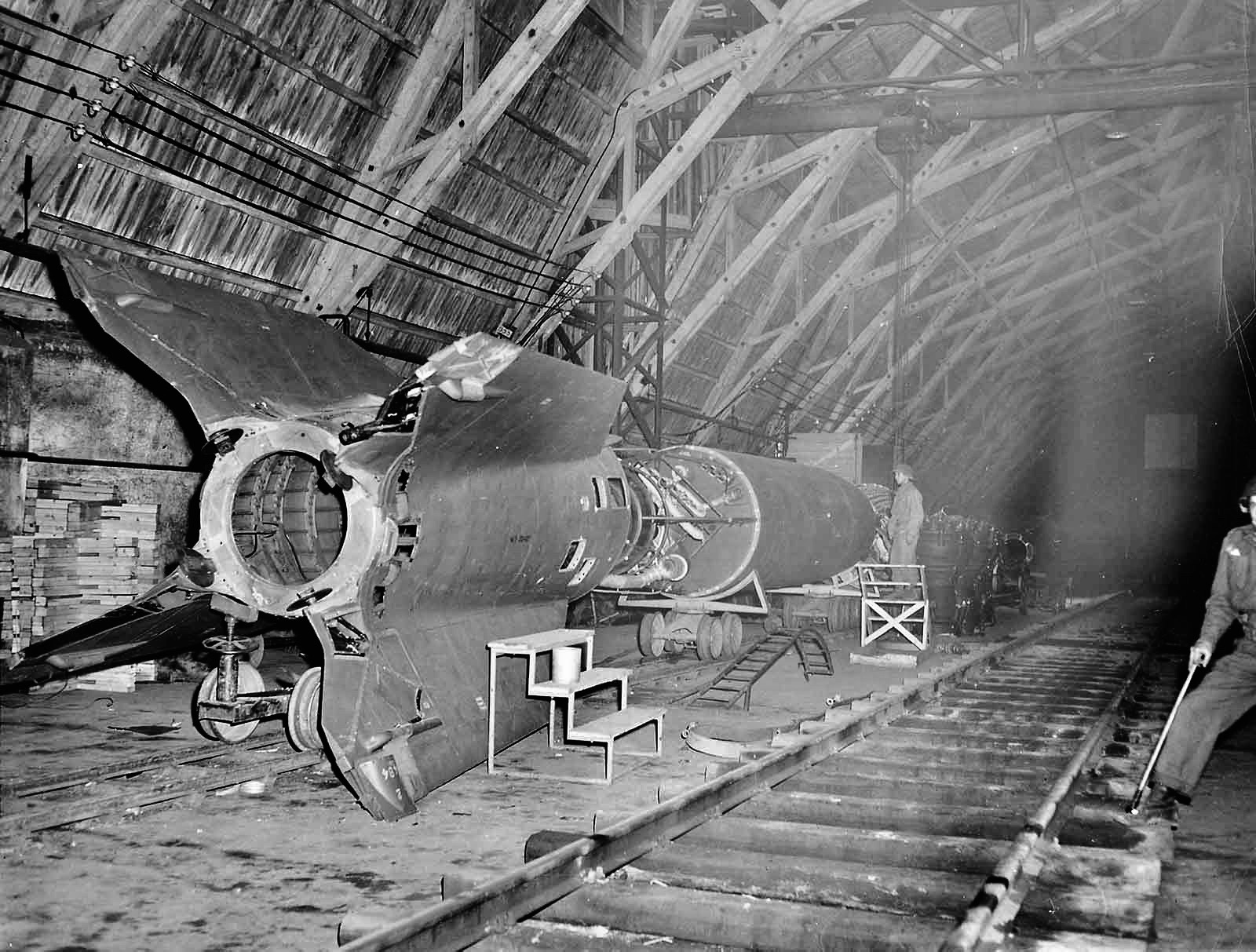
As World War II came to and end, the Allies captured many partially-completed missiles, as well as components and parts. Sufficient parts and materiel and been transferred from Germany to construct more than one hundred V-2 rockets for testing at White Sands. No missiles were received in flyable condition. Over a five year period, there were 67 successful launches, but it is considered that as much knowledge was gained from failures as successes.
Along with the rockets, many German engineers and scientists surrendered or were captured by the Allies. Under Operation Paperclip, Wernher von Braun and many other scientists, engineers and technicians were brought to the United States to work with the U.S. Army’s ballistic missile program at Fort Bliss, Texas, White Sands Proving Grounds, New Mexico, and the Redstone Arsenal, Huntsville, Alabama.
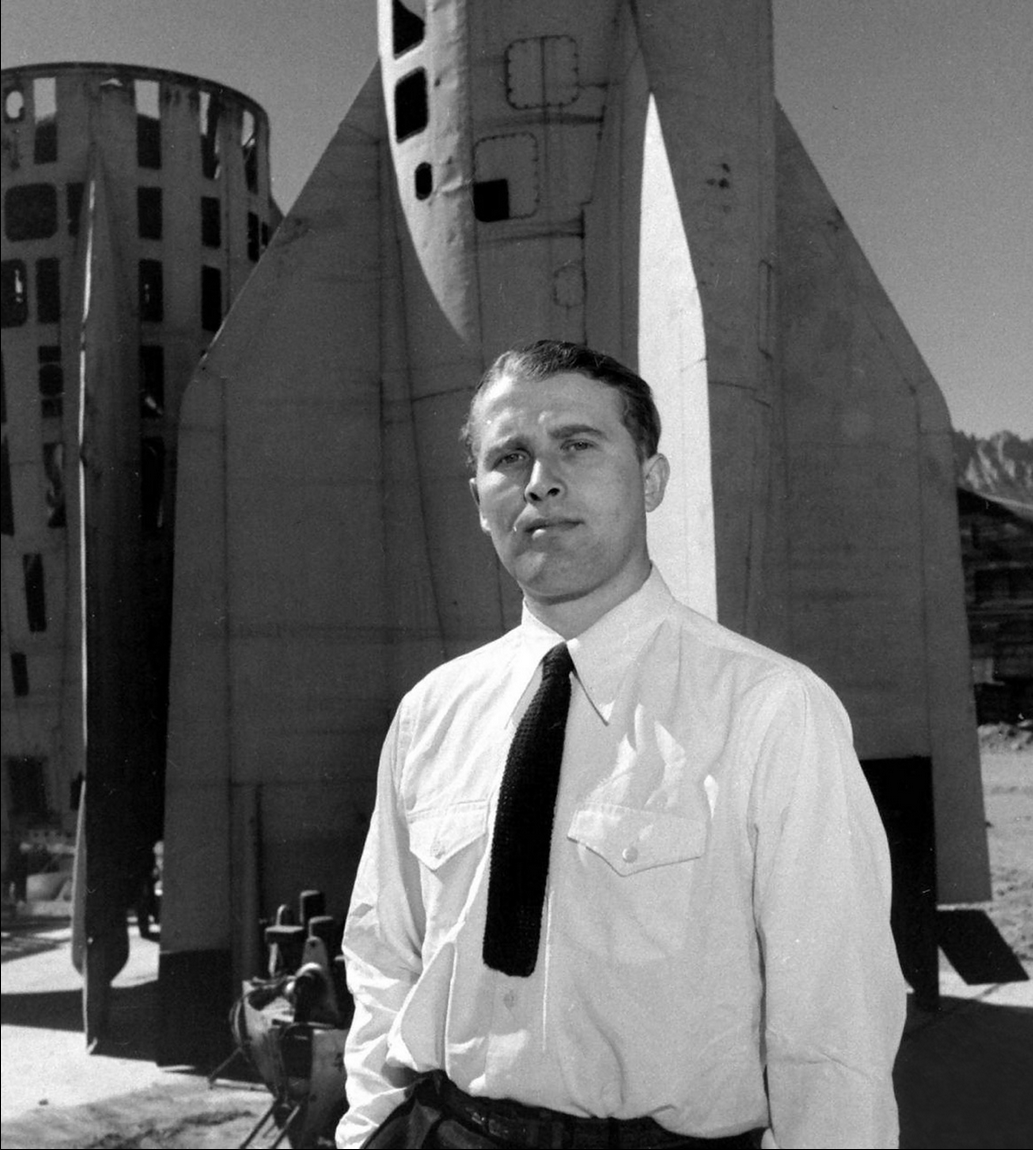
Tests of the V-2 rockets led to the development of U.S. rockets for the military and NASA’s space program. A NASA article states,
“The contribution that the V-2 made to guided missile technology is immeasurable. In general, the program provided training for men in the handling and firing of large missiles, experiments directly concerned with design of future missiles, operational tests of future missile components, and experience in collecting upper atmosphere and ballistic data.”
—Notes Regarding History of V-2 Operations at White Sands, MSFC History Office, Mashall Space Flight Center, Huntsville, Alabama.
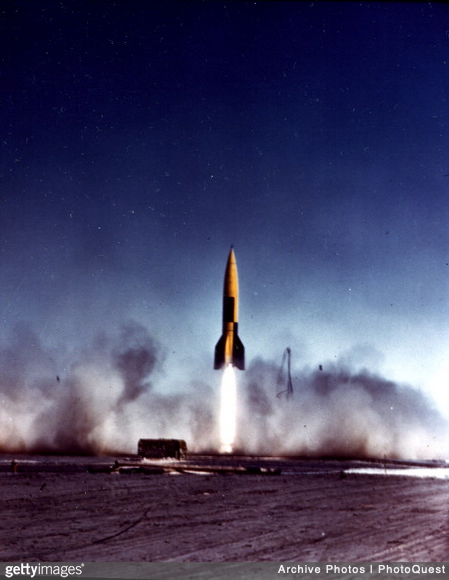
© 2019, Bryan R. Swopes
Hi Bryan,
Your link to the video clip is broken.
Figured you wanted to know.
Thanks for a great site.
David Jones
Coastal Planes
Thank you, David. It’s not a direct link. Copy and paste and it will take you to the video, which I think is worth watching. 🙂